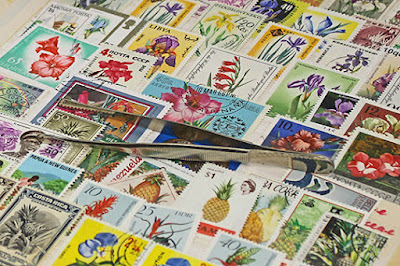The most important details in this text are the steps to use a sewing pattern once it has been removed from its envelope. The first step is to open the envelope and lay out the pattern on your fabric, using paper scissors to cut around the edge of the seam allowances and checking the pattern pieces against yourself. The second step is to place and pin the pattern pieces according to the layout for your fabric width, right side out, and cut out the pattern pieces with triangles, arrows, broken lines, and unbroken lines. The third step is to trace the pattern with tracing carbon. When sewing a pattern, it is important to use a plastic tracing wheel, trace all pattern markings onto the inside of the fabric, check the pieces against yourself, pin, tack, and baste as needed, press as needed, fit as you go, and follow the instructions step by step.
When deciding how much fabric to buy, double the length plus the length of the sleeve if making something with a sleeve. When looking for fabrics, anything that feels stiff will have a lot of sizing and may go limp and not hold its shape when washed. To test for crushing, scrunch the fabric in your hand and see if the creases fall out.
However, there are some drawbacks, such as insects and safety. Sportsmen should pack bug repellent and take precautions to protect themselves and their fishing partners.
What to do with a sewing pattern once it's been removed from its envelope.
You've scoured the pattern books for the perfect pattern for your material, and you're off to make it at home.
What is the first step you must take?
When you open the envelope, everything is neatly folded because you chose a pattern for your size.
1. Begin with the instruction sheet, which will show you how to lay out the pattern on your fabric, with layouts for different widths of fabric and with or without nap. Some fabrics allow you to cut out your pattern pieces in opposite directions, while others require you to lay the pattern pieces all the same way or the fabric will show a different shade, such as velvets and corduroys.
2. Use paper scissors to cut around the edge of the seam allowances, not the scissors you'll be using to cut the fabric.
3. Always check the pattern pieces against yourself; you can pin the various pieces together and try it on to see if any adjustments are needed before cutting the fabric.
4. Place and pin the pattern pieces according to the layout for your fabric width, right side out, and cut your fabric pattern pieces out.
5. You'll notice triangles known as notches. There are circles, arrows, broken lines, and unbroken lines. Some patterns include arrows on the seam stitching lines. This is the stitching direction provided by the pattern maker.
6. After you've cut out all of the pieces, grab your tracing carbon. When you place the tracing carbon between the fabric and trace, the pattern will be marked on the inside of your fabric.
7. Get a plastic tracing wheel if possible; it will not cut into your pattern tissue. Some metal tracing wheels will cut the pattern, making it difficult to reuse.
8. Trace all pattern markings onto the inside of your fabric, using a rule to guide you along the long seam lines.
9. You are now ready to sew your garment, and everything from your pattern is now on the inside of your fabric.
10. Check the pieces against yourself once more to ensure proper fit.
11. Pin, tack, and baste as needed, press as you go, fit as you go, and follow the instructions step by step.
12. As a general rule, when deciding how much fabric to buy, double your length plus the length of the sleeve if you're making something with a sleeve. You will need twice your length for skirts or pants.
13. When looking for fabrics, anything that feels stiff will have a lot of sizing and may go very limp and not hold its shape when washed.
14. To test for crushing, scrunch the fabric in your hand and see if the creases fall out. If they stay, no matter how carefully you press it, this will always crush.
15. Buy your notions at the same time you buy your fabric: thread, zipper, bias binding, interfacing, lining, and check the pattern envelope for what you'll need to finish your garment.
So those are the main points for getting your pattern tight and sewing happier.

















